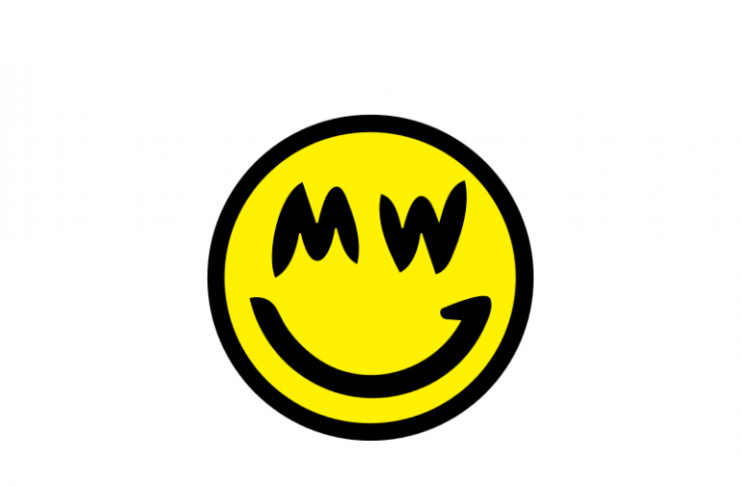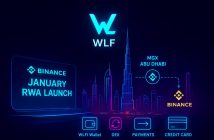Since its January 15th mainnet launch, Grin began trading momentarily above US$250, fell all the way to $2.50, climbed up to $15, and fell once more below $7. All eyes have been on this exciting project, and speculators across the space are itching to know: where does it go next?
While its initial trading in the three figure range may have been a blemish more than anything else, the rise back to $15 was legitimate, and propelled by tens of millions in daily volume despite a lack of access on top exchanges. Fueled primarily by markets on Hotbit and Bitforex, optimists saw $15 as just the beginning, while skeptics argued that GRIN would never see that price again.
At current prices of US$6.85, GRIN carries a respectable market cap of roughly $9 million. With daily volume continuing to exceed $10 million, interest in GRIN remains among the highest of all coins. To get a better understanding of why GRIN has made such a buzz, and where it might be headed next, an understanding of the basis of the project must be established.
What is Grin?
Grin, alongside recently launched Beam, represents a pioneer of MimbleWimble technology. MimbleWimble is a novel approach to distributed ledger technology: a lightweight blockchain alternative that eliminates all unnecessary bloat in favor of maximum privacy and scalability. Grin is unique from other cryptocurrencies in that it operates in the absence of addresses, transaction amounts, and transaction histories. Additionally, it was developed by volunteers in the absence of an ICO since soon after MimbleWimble was first introduced in 2016.
Much of the initial hype around Grin came from the support of prominent Bitcoin Core supporters, who have suggested that Grin represents one of a select few instances in which an altcoin represents a worthwhile initiative. This support was highlighted best by the decision by Theymos for Grin to be accepted on Bitcointalk, the first currency accepted beyond Bitcoin.
Tokenomics
If you stop your analysis without looking at Grin’s tokenomics, it probably looks clear that it still has room to appreciate in value significantly. However, the emission schedule of Grin represent a monumental dilemma for traders and, even more so, for long term holders.
The maximum supply of Grin is infinite, and its emission schedule is constant. 60 Grin is awarded every block, and with block times fixed to one minute, that represents one new Grin minted every second for eternity. Per day, that translates to 86,400 new Grin every day. At $6.85 per Grin, almost US$600,000 in new money needs to enter Grin every day just for the price to remain constant. If, for the next 24 hours, there was no net change in the money invested in the ecosystem, Grin would fall to $6.43.
As a point of reference, US$6.3 million needs to enter Bitcoin every day to offset the introduction of new coins from block rewards. Grin would match that number at a price of $73 per coin. Alas, the calls for $300 Grin do seem highly unlikely.
It’s also important to keep in mind that for every day that passes, more money needs to be put towards buying Grin for the price to increase. For example, for Grin to hold at $6.85 by end of year, the market cap would need see growth of over US$195 million.
Alas, traders and speculators must weigh the trade-off between technology and tokenomics when handling Grin. With such an intense emission schedule, one must feel very strongly about what Grin brings to the table as a prerequisite to accumulate it. US$15 per Grin certainly isn’t an insurmountable feat, but that amount of growth is a greater obstacle to Grin than most other cryptocurrencies.




